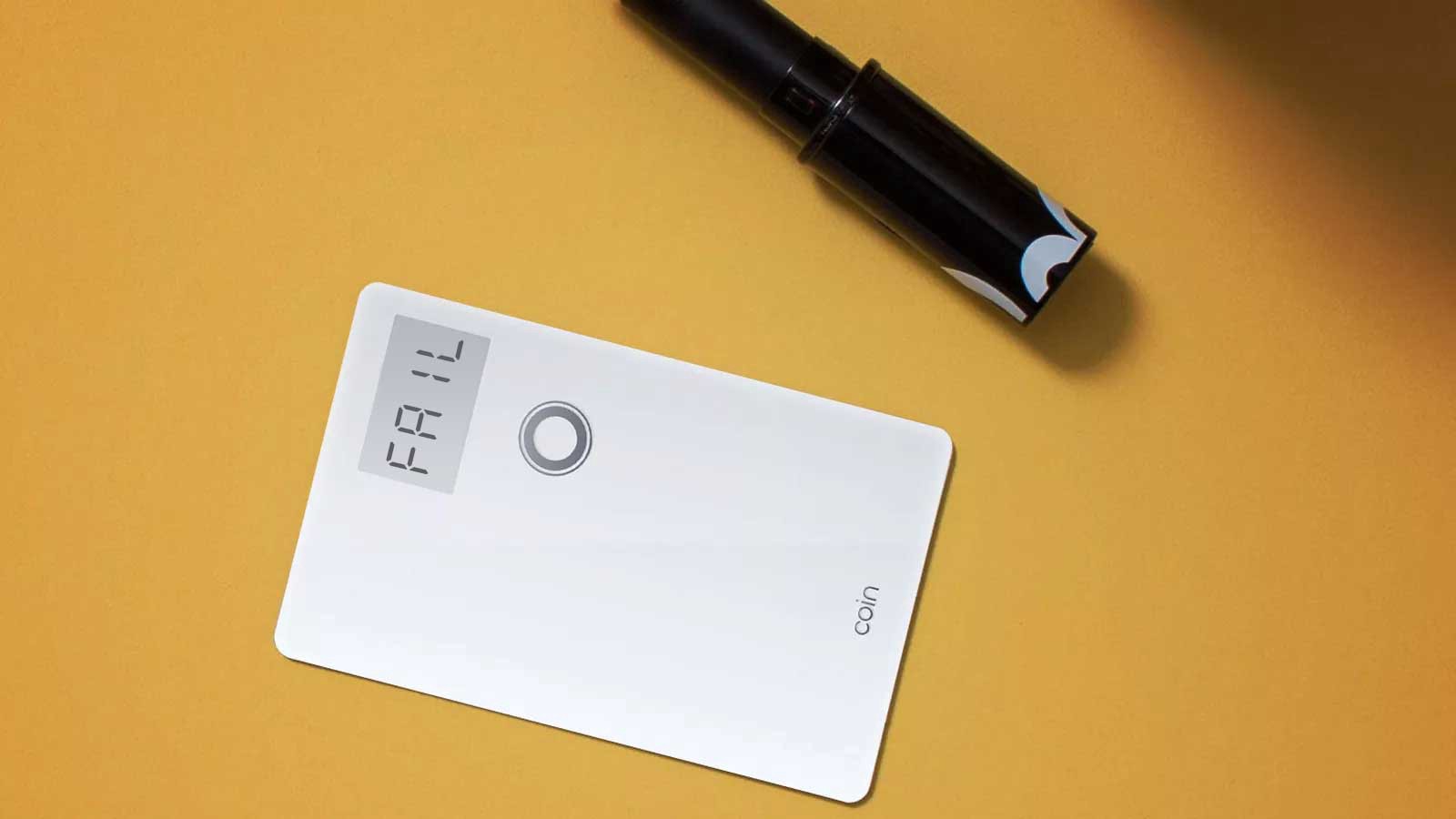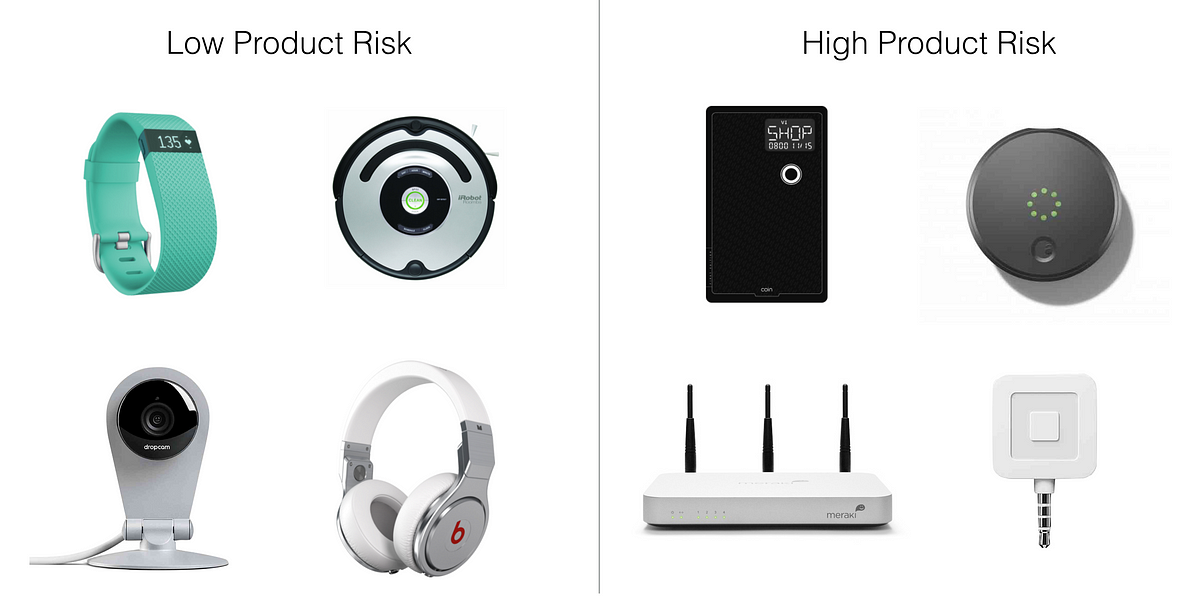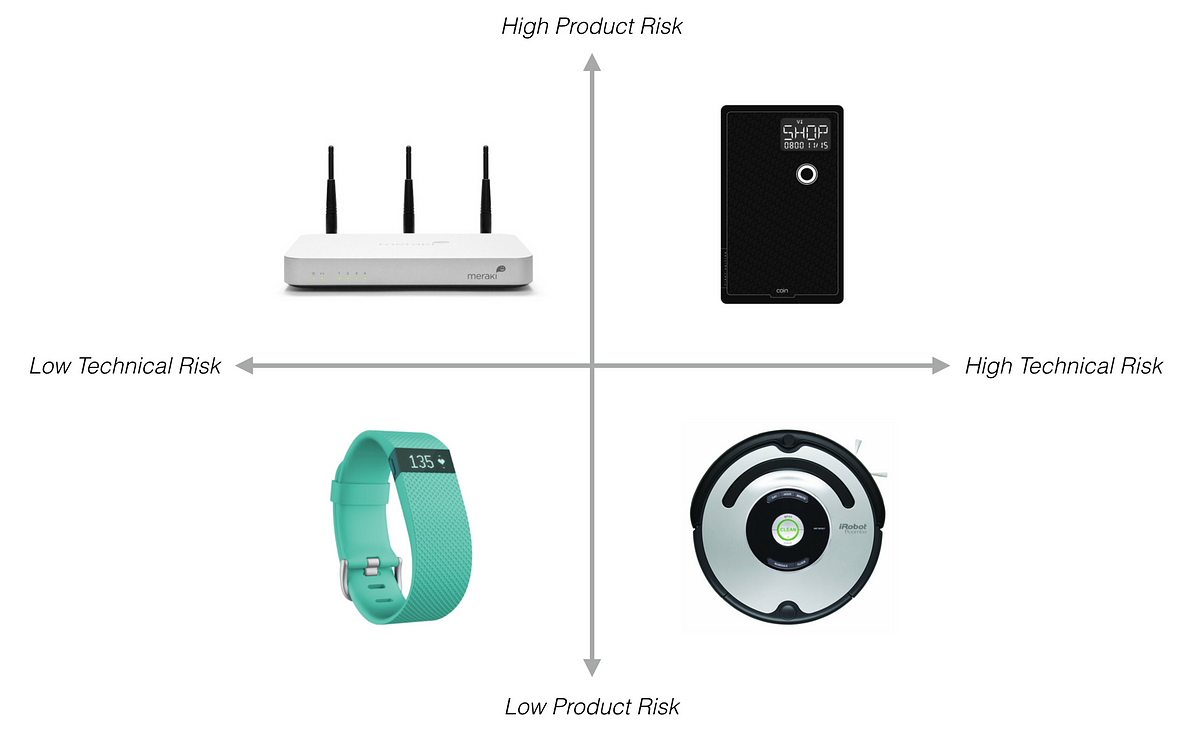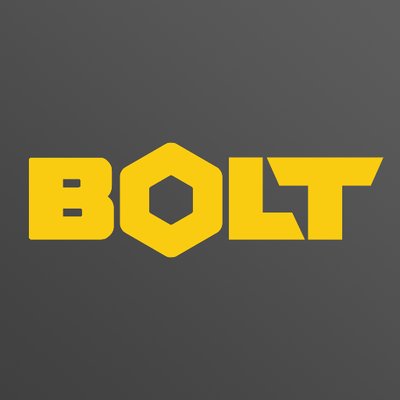
A few weeks ago news broke that Fitbit purchased most of the assets of Coin. Existing Coin cards will continue functioning until the battery gives out but no additional units will be produced. For those of us that were early adopters of the company’s digital credit card, Coin’s failure comes as no surprise. Their first generation product was widely criticized.
While first generation products are always plagued with bugs, fail whales, and even the occasional mass-recall, most companies can bounce back from these setbacks. They build great customer support teams, release version two, and turn unhappy customers into believers. So with all the venture dollars and a talented team, why wasn’t Coin able to overcome?
Every startup is a constant struggle to manage and mitigate risk. When it comes to hardware startups, there are two types risk that are manageable on their own, but when combined often spell failure: technical risk and product risk.
Technical Risk
Nearly all hardware products have some element of technical risk: a chance you won’t be able to deliver the product due to engineering or manufacturing constraints. Coin’s product had immense technical risk. Traditional magnetic cards are manufactured from laminated 0.76mm thick PVC with a two or three track fixed magnetic stripe. Now imagine cramming a battery, bluetooth radio, physical button, e-Ink screen, screen controller, microprocessor, and electromagnetic transducer into the same mechanical form factor. The fact that the Coin team was able to overcome this technical risk and ship a product at all reflects immense engineering prowess and vision.
Product Risk
While most investors understand technical risk, few think about what we at Bolt call “product risk.” Product risk is the possibility that a product will fail to live up to the expectations of a consumer. The easiest way to understand this is to inspect the user experience when the product fails. Either it’s not that big of a deal (low-stakes failures) or it cripples the user experience (high-stakes failures). If your product is low stakes failure, it has low product risk. If your product is high stakes failure, it has high product risk.
Low Product Risk
Most products we buy have low product risk. These are products that routinely fail in small ways, and whose failures are viewed as mere annoyances. Fitbit may count 95% of your steps but if it’s a little off here and there few people notice. If your Roomba misses a spot in its daily vacuuming routine, it’s not a big deal. Alexa may mishear you once in awhile, but usually we chuckle at the funny interpretation and enunciate more clearly.
High Product Risk
I bought a Coin under the promise I would be able to carry just one credit card, so when my shiny new Coin arrived, I emptied my wallet of all other credit cards and headed straight to my local coffee spot. I was feeling pretty slick when the barista commented on how cool the card looked, but when it failed to swipe I quickly moved from cool early adopter to embarrassed dork unable to pay for a $5 latte.
Over the next ten days I tried to use my coin 54 times. It succeeded a mere 28. Even if that first use was the only failure and the other 53 times were smashing successes, the nervousness I felt every time I handed my Coin over to be swiped made the experience negative every single time. A credit card needs to work every time, if it doesn’t, it causes a huge amount of pain.
Lots of other familiar hardware products fall into this category. I bought a smart lock to avoid carrying keys. The experience when it worked made me smile every time. But a few weeks into my automagic door unlocking bliss, I came home to a smart lock that refused to connect to my phone. I reset bluetooth, restarted my phone, and even re-downloaded the app, all to no avail. I was stuck outside my apartment at midnight with no keys and no hope of unlocking the door. I was forced to wake up my neighbor, walk through his apartment to get to the back of our building, and sneak in through an unlocked kitchen window. Now I worry my smart lock won’t be so smart every single time I approach the door.

You likely have high product risk if any of these are true:
- If a small number (one or two) of failures over the lifetime of your product create a negative interaction (like door locks).
- If users would pay significantly more for a product that is guaranteed to work 100% of the time (like wireless routers).
- If users rely on your product for critical business operations (like point-of-sale systems).
- If failure could wreak massive havoc on personal security or safety (like home security systems or cars).
Manage Risk
Successful startups are exceptionally good at managing and mitigating risk. Startups can take on technical risk and they can take on product risk, but it’s exceptionally difficult to take on both at once. You do not want to be in the upper right quadrant of this graph:

Coin was an unfortunate victim of combining both of these risks. There are very few successful hardware startups (Tesla and SpaceX are exceptions to this rule) whose first product is both high technical risk and high product risk. If you think your company fits into this category, think about ways you can reduce your feature set to minimize technical complexity or lower user expectations in case of product failure. Chances your startup will survive increase exponentially.
Ben Einstein was one of the founders of Bolt. You can find him on LinkedIn.
Bolt invests at the intersection of the digital and physical world.
